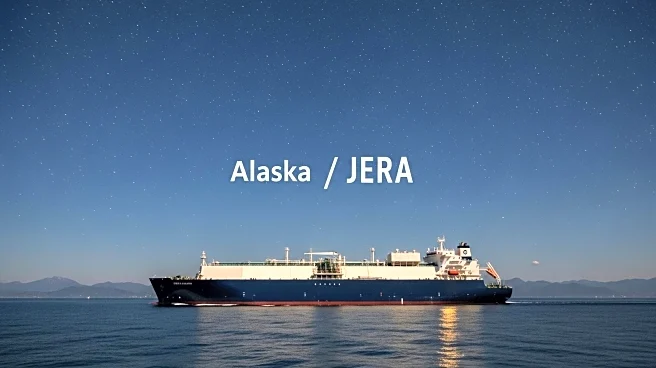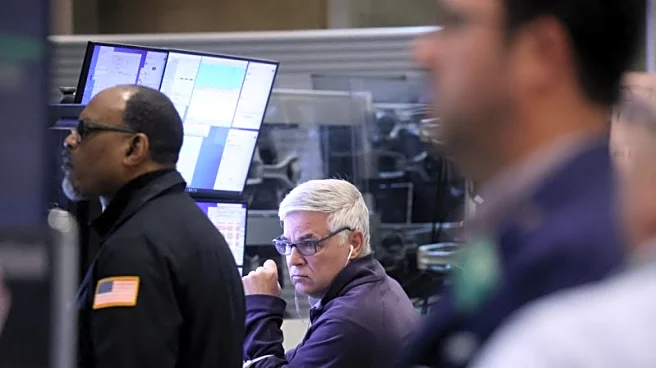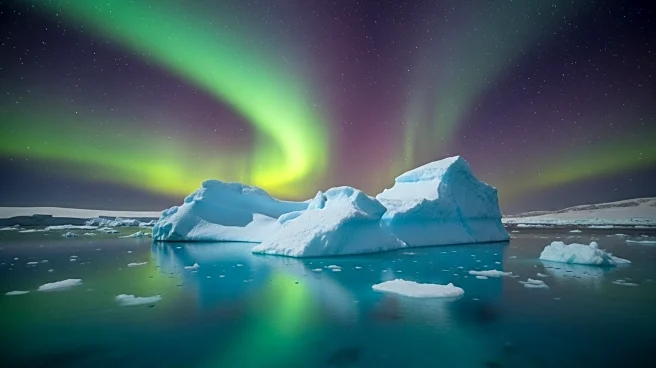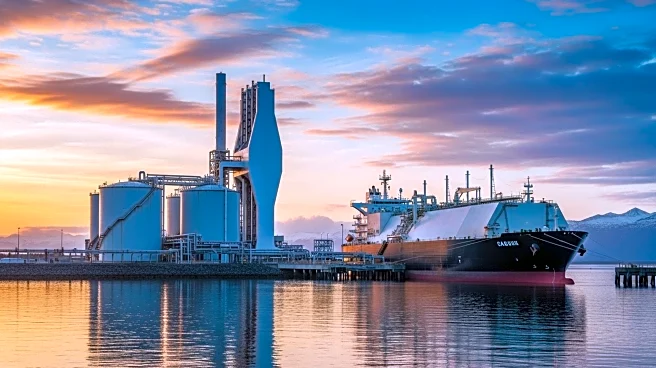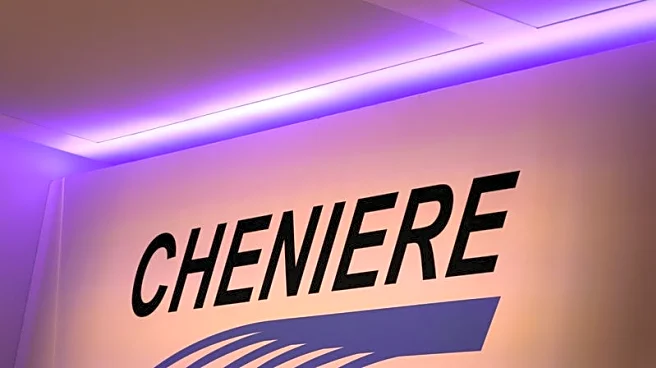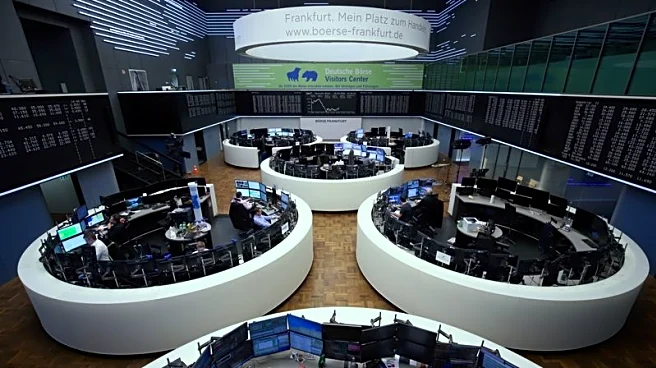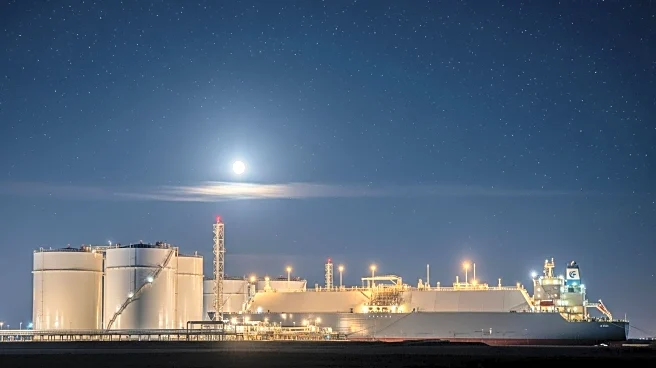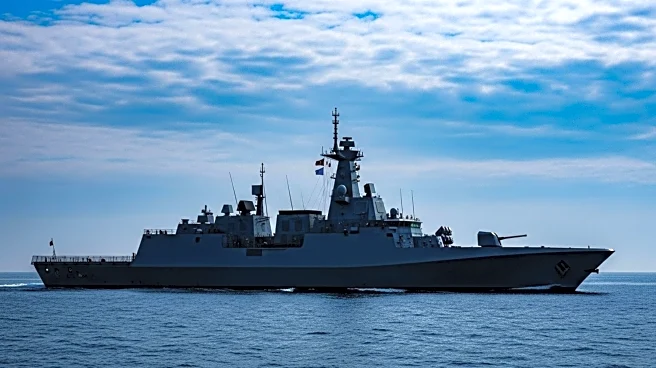What is the story about?
What's Happening?
Alaska LNG, primarily owned by Glenfarne, has entered into a 20-year offtake agreement with JERA, Japan's largest power generation company. This agreement involves the supply of one million tonnes per annum of liquefied natural gas (LNG) from the Alaska LNG Project. The project, a joint venture between Glenfarne and the Alaska Gasline Development Corporation, aims to enhance Japan's LNG supply security and is the only federally authorized LNG export project on the U.S. Pacific Coast. Glenfarne has secured preliminary agreements covering more than half of Alaska LNG's third-party offtake capacity, including deals with CPC in Taiwan and PTT in Thailand. The agreement with JERA highlights strong demand for U.S. LNG in the Asia-Pacific market.
Why It's Important?
The agreement between Alaska LNG and JERA is significant for several reasons. It strengthens energy security for both the United States and Japan, providing a stable supply of LNG to meet growing energy demands in the Asia-Pacific region. The project is designed to be one of the lowest-carbon LNG projects globally, potentially reducing global CO2 emissions by displacing coal use in Asia. This development also underscores the strategic importance of U.S. energy exports and the role of LNG in diversifying energy sources and reducing reliance on coal. The agreement is expected to spur long-term economic growth for Alaska and enhance U.S. leadership in global energy markets.
What's Next?
Glenfarne is advancing the Alaska LNG project under a phased development strategy. Phase One will focus on building a domestic pipeline to deliver North Slope gas to Alaskans, while Phase Two will add the LNG export terminal and supporting infrastructure. Glenfarne is targeting a late-2025 Final Investment Decision for the pipeline and a 2026 decision for LNG export facilities. The project aims to capitalize on favorable shipping economics, offering lower delivered costs compared to U.S. Gulf Coast projects.
AI Generated Content
Do you find this article useful?
